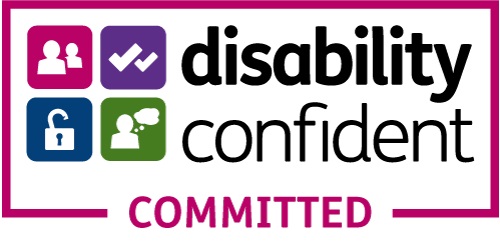In the workplace, poor numeracy can have significant economic and safety implications. Sectors where the use of mathematical concepts has been researched cover: banking, health care, chemical spraying, retail and defence. Although reviews of the mathematical needs of the non-technical workforce is fairly fragmented, Hodgen and Marks' report provides ample examples of the variety of contexts in which good numeracy is key.
The contexts of mathematical tasks in the workplace can make them only partially visible - making numeracy appear trivial and non-mathematical. Workplace mathematics is embedded in specific roles, tasks and goals - whereas mathematics in the classroom is clearly labelled and often taught in a modular, disconnected way.
The 'skills deficit' in numeracy is not necessarily about calculation. More fundamentally, it is about the ability to interpret and apply mathematical knowledge. The increasing use of technology in the workplace has led to a rise in the need for numeracy skills amoung managers, professionals and trade workers. Staff need to be more competent at interpreting computer-generated results, and as a result mathematics has become more embedded in working life.
Because of low numeracy, mathematical processes embedded in working practices are sometimes only understood by a small number of experts. Hogden and Marks point out that they then appear as if behind what Bruno Latour calls 'a back box' - "about which they need to know nothing but its input and output" - a good common example being complicated spreadsheets made by someone else. Mathematical competence is challenged when people in the workplace are faced with unexpected situations - they need to engage with 'black box' processes.
Turning their gaze towards school provision, the researchers concluded that maths matters too much to stop at 16. However, after that age, the mathematical skills in the curriculum should be matched against the requirements of the modern workplace, as well as the skills needed for students starting university courses or alternative learning streams. For the requirements of many employers, that means modelling and statistics and understanding approximation and error rather than calculus. Furthermore, for those who don't get a C grade at GCSE, maths taught after that stage should not be remedial but matched against the career goals of learners.




